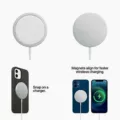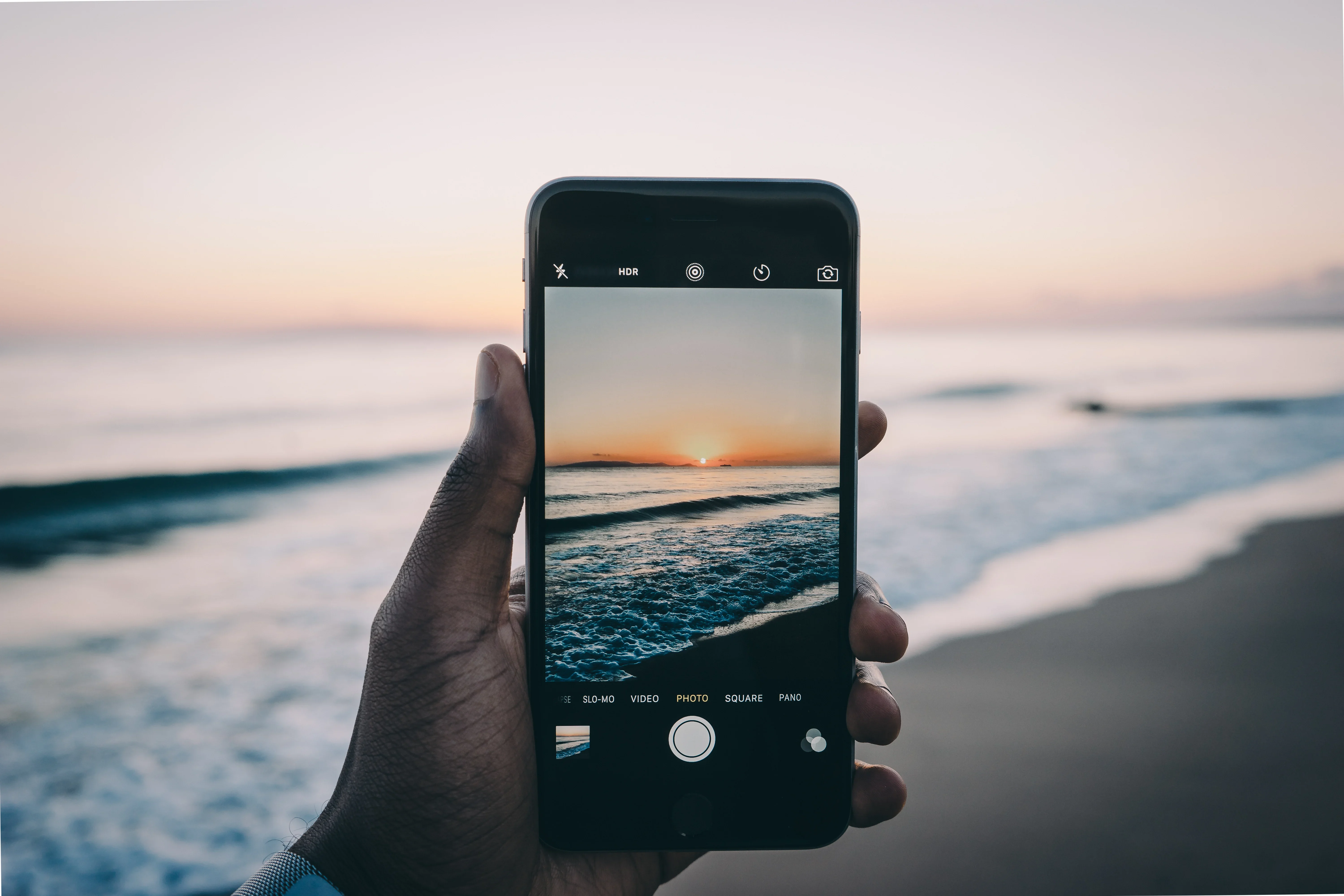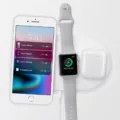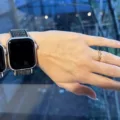The iPhone MagSafe Charger is a convenient and efficient way to wirelessly charge your iPhone. With its magnetic attachment, it securely connects to the back of your iPhone or its MagSafe case or sleeve, ensuring a stable charging connection. However, like any electronic device, the MagSafe Charger may encounter issues that prevent it from working properly. In this article, we will explore the common problems with the MagSafe Charger and how you can troubleshoot them.
One of the first things you should check if your MagSafe Charger is not working is the power source. Unplug the power adapter from the wall and wait for 60 seconds before plugging it back in. This simple step can help resolve any line noise issues with your power source. It is also recommended to periodically reset the adapter by repeating this process.
Another factor to consider is the quality of your charging pad. Not all charging pads are created equal, and it is essential to ensure that you have a high-quality, Qi-enabled charging pad that is compatible with your iPhone. A low-quality charging pad may fail to charge your iPhone wirelessly or may cause intermittent charging issues. Invest in a reputable brand and check for Qi compatibility to ensure optimal performance.
If you have a compatible power adapter and a quality charging pad, but your MagSafe Charger still refuses to work, there may be an issue with your iPhone itself. Ensure that your iPhone is a supported model for MagSafe charging. If it is, place the MagSafe Charger on the back of your iPhone or its MagSafe case or sleeve. The charging symbol should appear on your iPhone’s screen, indicating that it is charging. If not, try cleaning the MagSafe Charger and the back of your iPhone or case to remove any debris or dirt that may be interfering with the magnetic connection.
In some cases, the MagSafe Charger may appear to be working initially but then suddenly stop. This can be frustrating, but there may be a solution. One user reported that their MagSafe Charger was experiencing this issue, where it would start charging but stop after a short period. In this situation, it is worth trying a different power adapter or charging pad to see if the problem persists. It could be a compatibility issue between the charger and your iPhone or a defect in the charger itself.
If none of these troubleshooting steps resolve the issue, it may be time to contact Apple Support or visit an authorized service provider. They can assist you further in diagnosing and fixing the problem with your MagSafe Charger.
While the iPhone MagSafe Charger is a convenient and efficient way to wirelessly charge your iPhone, it may encounter issues from time to time. By following the troubleshooting steps mentioned above, you can often resolve these problems and get your MagSafe Charger working again. Remember to check your power source, use a high-quality charging pad, and ensure compatibility with your iPhone. If all else fails, seek assistance from Apple Support or an authorized service provider.
Why Does Your Apple MagSafe Charger Not Work?
There could be several reasons why your Apple MagSafe charger is not working. Here are some possible explanations:
1. Faulty power adapter: The power adapter itself may be defective or damaged. Check for any physical damage such as frayed cables or bent pins. If you notice any issues, it may be time to replace the power adapter.
2. Line noise issue: Line noise refers to interference in the power source, which can affect the performance of your charger. Unplugging the power adapter from the wall and waiting for 60 seconds before plugging it back in can help reset the adapter and resolve any line noise issues. This should be done periodically to maintain optimal performance.
3. Overheating: If your charger gets too hot, it may stop working temporarily as a safety measure. Make sure the charger is not obstructed or covered, allowing for proper ventilation. If the issue persists, it could be a sign of a more significant problem, and you should contact Apple support for assistance.
4. Dirty or damaged connectors: The connectors on the charger or your MacBook could be dirty or damaged, preventing a proper connection. Inspect the connectors for any debris, dirt, or physical damage. If necessary, clean them gently using a soft, lint-free cloth. Avoid using water or any cleaning agents. If the connectors are visibly damaged, it may be necessary to replace the charger or seek professional help.
5. Incompatible power source: Ensure that you are using the correct power adapter for your MacBook model. Using an incorrect or incompatible power adapter may cause issues with charging. Check the wattage and voltage requirements specified by Apple for your specific MacBook model.
If none of these troubleshooting steps resolve the issue, it is recommended to contact Apple support or visit an authorized service provider for further assistance. They will be able to diagnose the problem accurately and provide the necessary solution or repair.
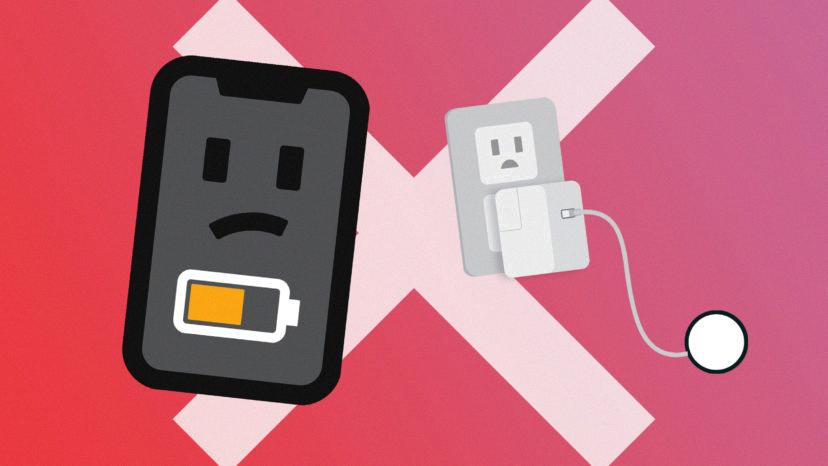
How Do You Enable MagSafe Charging?
To enable MagSafe charging, follow these steps:
1. Connect the MagSafe Charger to a power source: Use the Apple 20W USB-C power adapter or any other compatible power adapter (sold separately). Plug the power adapter into a wall outlet or power strip.
2. Position the MagSafe Charger: For iPhones that support MagSafe charging, place the MagSafe Charger on the back of the iPhone or its MagSafe case or sleeve. Ensure that the MagSafe Charger is aligned properly with the device.
3. Start charging: Once the MagSafe Charger is placed correctly, the charging process will begin automatically. Look for the charging symbol on your iPhone’s screen or the MagSafe case. This symbol indicates that your iPhone is now charging.
Note: It is important to use a compatible power adapter and ensure that the MagSafe Charger is properly aligned with your iPhone or its MagSafe accessories. This will ensure efficient charging and a secure connection.
If you have any further questions or issues related to MagSafe charging, refer to the Apple support website or contact Apple customer support for assistance.
Can MagSafe Charging Stop Working?
MagSafe charging can sometimes stop working. There could be several reasons why this happens, including:
1. Dirt or debris: If there is dirt or debris on either the charging port of your iPhone or the MagSafe charger itself, it can interfere with the magnetic connection and prevent the charging from working properly. Make sure both the charger and your iPhone are clean and free from any obstructions.
2. Misalignment: MagSafe charging relies on a strong magnetic connection between the charger and the iPhone. If the charger is not aligned properly with the charging port on your iPhone, it may not charge correctly. Try repositioning the charger to ensure it is centered and properly aligned.
3. Software issues: Sometimes, software glitches can cause charging problems. Check for any software updates available for your iPhone and install them if necessary. Restarting your iPhone can also help resolve any temporary software issues that may be causing the charging problem.
4. Faulty charger or cable: If none of the above solutions work, it’s possible that your MagSafe charger or cable is faulty. Test the charger with a different iPhone or try using a different MagSafe charger to see if the problem persists. If the issue is indeed with the charger or cable, you may need to get a replacement.
5. Hardware issues: In some rare cases, there may be hardware issues with either the iPhone or the charger itself that prevent MagSafe charging from working. If you’ve tried all the troubleshooting steps mentioned above and the problem still persists, it’s best to contact Apple support or visit an authorized service center for further assistance.
Remember, these troubleshooting steps are general suggestions and may not solve every MagSafe charging issue. If you’re unsure or hesitant, it’s always recommended to seek professional help from Apple or an authorized service provider to diagnose and fix the problem.
Conclusion
The iPhone MagSafe Charger is a convenient and efficient way to wirelessly charge your iPhone. However, it is important to ensure that you have a high-quality, Qi-enabled charging pad that is compatible with your iPhone. If your MagSafe charger suddenly stops working, there are a few troubleshooting steps you can take. First, unplug the power adapter from the wall and wait for 60 seconds before plugging it back in. This can help resolve any line noise issues with your power source. Additionally, make sure that your iPhone is properly aligned with the MagSafe charger by placing it on the back of the iPhone or its MagSafe case or sleeve. If these steps do not resolve the issue, it may be necessary to seek further assistance or consider replacing the charger. the MagSafe Charger offers a convenient and reliable wireless charging solution for iPhone users.


